Animal Habitat Advocate Service Patch Program®
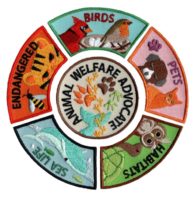 This 2″ embroidered iron-on patch can be awarded as part of our Animal Advocate Patch Group.
This 2″ embroidered iron-on patch can be awarded as part of our Animal Advocate Patch Group.
In stock
| 1-249 | 250-499 | 500+ |
|---|---|---|
| $0.75 | $0.64 | $0.53 |
- Description
- Additional information
- Reviews (5)
Description

This 2″ iron-on embroidered patch is part of our Animal Welfare patch program®.
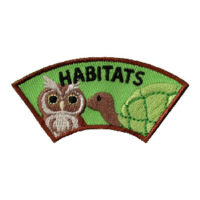 Suggestions for how younger girls can earn the Animal Habitats Patch.
Suggestions for how younger girls can earn the Animal Habitats Patch.
Explore Animal Habitats:
Attend a local nature center, zoo, or wildlife sanctuary to learn about different types of animal habitats or you can watch a video. Find out which animals are from your area.
Habitat Assessment:
Choose a local park, nature reserve, green space or even your own backyard to view its habitat quality. Do you see any potential problems such as pollution, invasive species, or habitat destruction.
Creative Advocacy:
Express your commitment to animal habitats creatively. Create posters, videos, or artwork that highlight the beauty and importance of local wildlife and their habitats. Share these creations with your school, community centers, or online platforms.
 Habitat Restoration:
Habitat Restoration:
Participate a habitat restoration project. This could involve planting native plants, removing invasive species, cleaning up litter, creating nesting boxes for birds and bats or an insect hotel craft.
Learn More from a Zookeeper:
Watch this video.
Suggestions for how older girls can earn the Animal Habitats Patch.
Explore Animal Habitats (Required):
Attend a local nature center, zoo, or wildlife sanctuary to learn about different types of animal habitats or do research online. Identify key elements that make up a healthy habitat and understand the interdependence of species within an ecosystem.
Research Local Wildlife (Required):
Conduct research on the native animal species in your area. Learn about their habitats, behaviors, and any specific needs they have for survival.
Habitat Assessment (Required):
Choose a local park, nature reserve, or green space to assess its habitat quality. Identify potential threats such as pollution, invasive species, or habitat destruction. Collaborate with local environmental experts if possible.
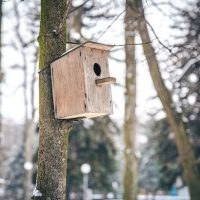 Habitat Restoration (Required):
Habitat Restoration (Required):
Plan and execute a habitat restoration project. This could involve planting native plants, removing invasive species, cleaning up litter, or creating nesting boxes for birds and bats. Work with local authorities and environmental organizations to ensure your project aligns with conservation goals.
Optional:
Community Awareness:
Organize an educational event to raise awareness about the importance of protecting animal habitats. This could be a booth at a community fair, a presentation at a school, or an informational session during a troop meeting.
Habitat Monitoring:
Commit to monitoring the habitat you worked on. Visit periodically to observe changes, track the return of wildlife, and identify any ongoing challenges. Make adjustments as needed and document your observations.
Or you can earn:
Junior Animal Habitat Badge
—————————————————————————————————————-
Got Tag-Alongs?
Let them earn a special patch by doing these easy forest animal masks.
—————————————————————————————————————-
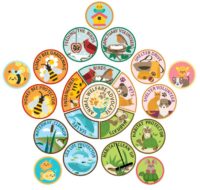 See other suggested requirements for this patch on Youth Squad website.
See other suggested requirements for this patch on Youth Squad website.
This patch is from the “Advocate” level of the Youth Squad Animal Welfare Patch Program®. There are five sections in our Environmental Patch Program®. Each section has five levels so you will find activities for children of every age range.
Additional information
| Weight | .02 lbs |
|---|---|
| Dimensions | 1 × 1 × 1 in |





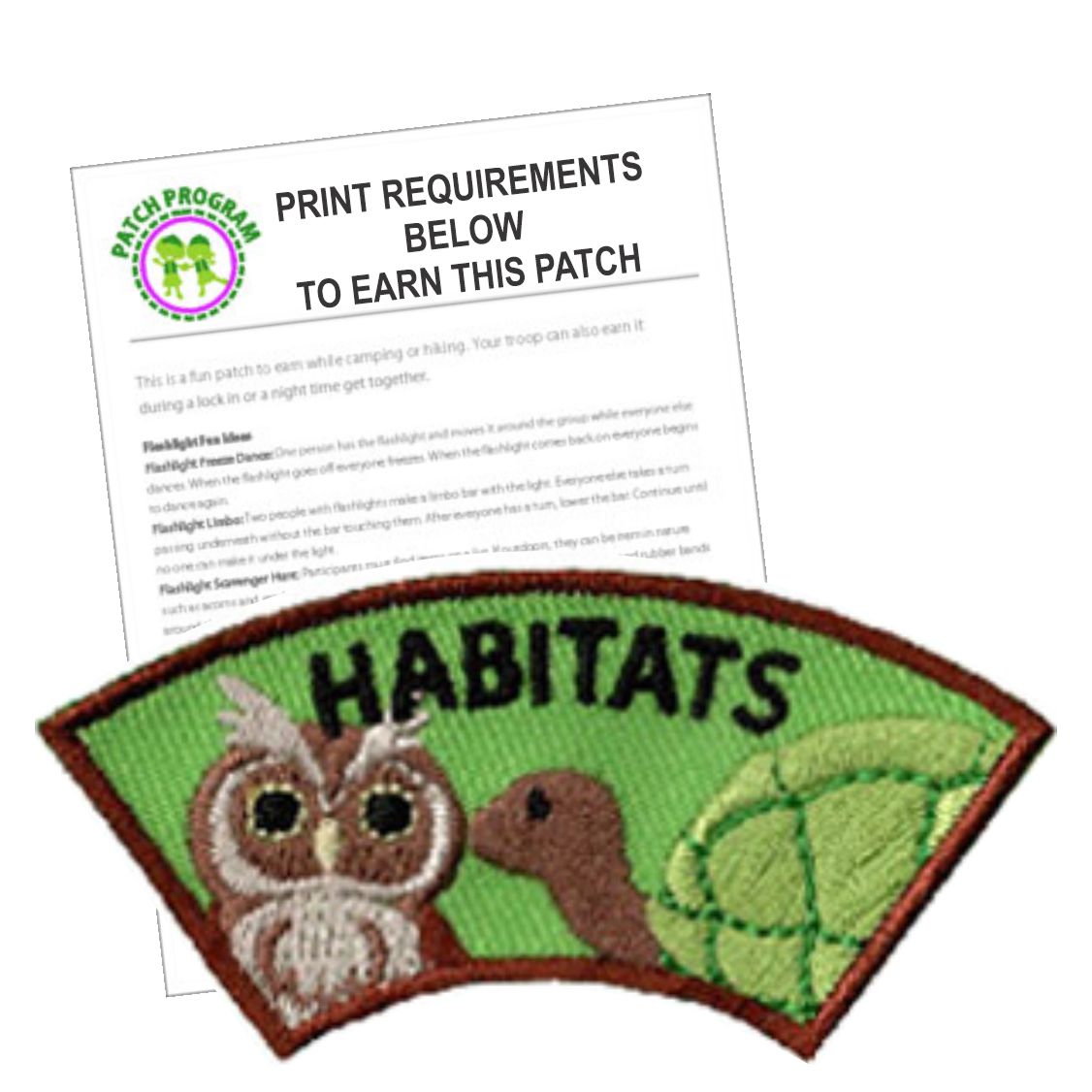

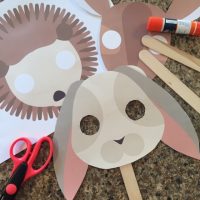
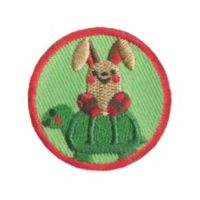



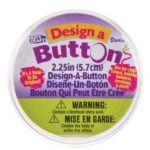
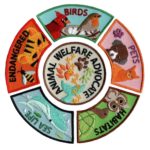
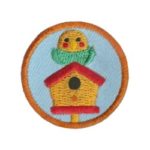
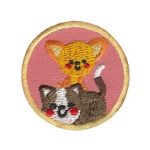
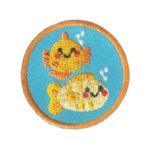

Kim – :
Thanks
Chrissy Granados-Clements – :
Great Quality and vibrant colors
Kimberley Neece – :
Mayra – :
Chareese Harper – :
Order was available and shipped quickly. My Girl Scouts were extremely happy to recieve so soon. Thank you